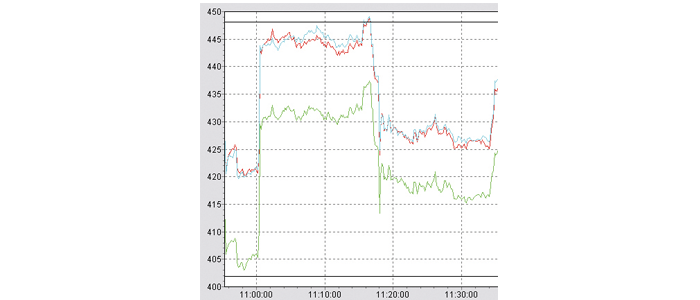- +61 7 3374 2877
- Email Us
Poor power quality has differing effects for different people and businesses. This might vary from a nuisance to the loss of income from unrealised photovoltaic export for a domestic customer to the loss of production for a large business. Being able to competently investigate poor power quality and correctly identifying the cause(s) is therefore important. For businesses, failure to correctly identify and mitigate the causes may ultimately lead to loss of contracts and the business. This article will focus on the power quality investigation to ensure success.
Regardless of whether the investigator works or contracts for a network provider, or a domestic, commercial or industrial customer, the success of an investigation into poor power quality will be dependent on having a qualified, trained and savvy investigator/technician with the right tools and equipment to get the job done that are following the required procedures.

A good knowledge of the varying power quality issues is essential to the identification of the cause and effective solutions for the power quality issue. The various power quality issues are as follows:
Sustained undervoltage – most evident in the home with slow cooking or in businesses with motors not having enough torque to start or overheating and burning out.
The effects of poor power quality vary from inconvenience to reduced plant and equipment life, some equipment might not work properly or trip off, equipment could be damaged, and there could be lost production or temporary loss of product quality, blocked production lines, increased costs, loss of contracts or the demise of struggling businesses.